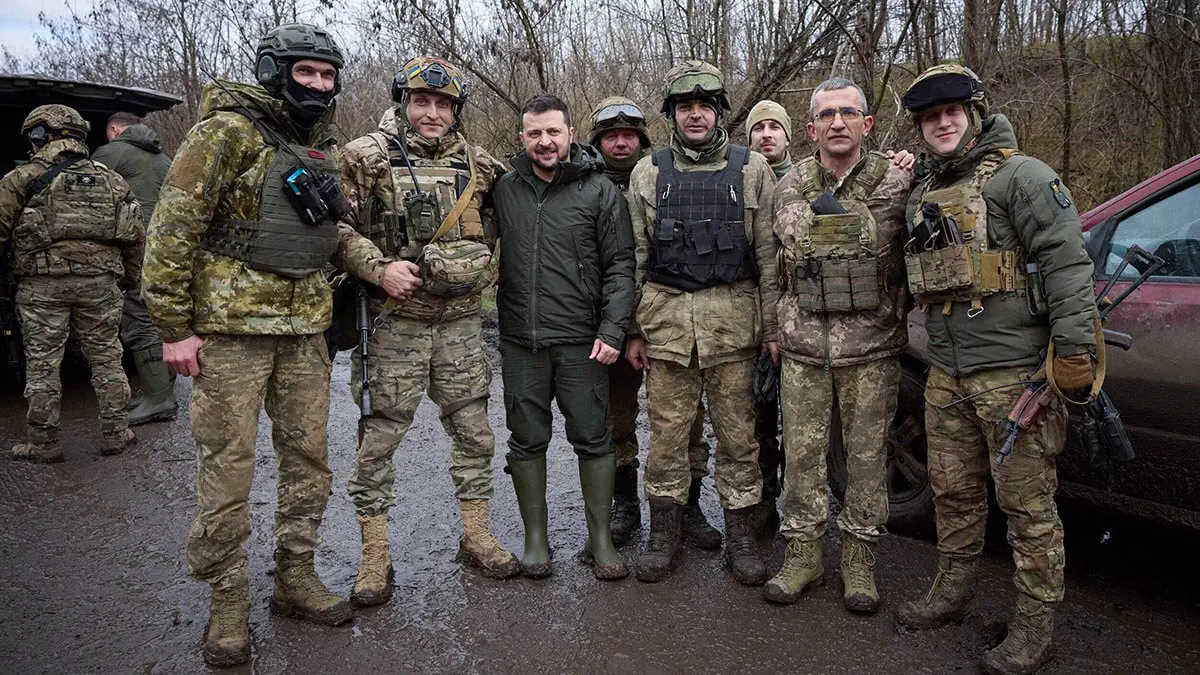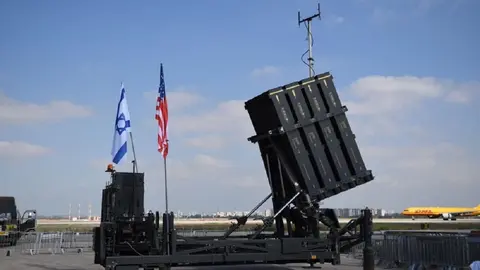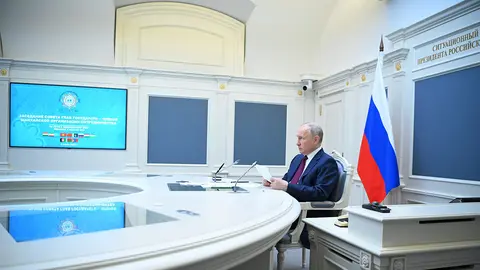War first

According to the report presented by the Stockholm International Peace Research Institute (SIPRI), only five countries account for 61% of global defence spending; the list is headed by the United States with 916 billion dollars, followed by China with 296 billion dollars, Russia with 109 billion dollars, India with 83.6 billion dollars and, in fifth place, Saudi Arabia with 75.8 billion dollars.
The United States is the biggest spender on security and defence, its cornerstone since the end of World War II, and alone accounts for 37% of total global military spending. Its budget is so exorbitant that it adds up to everything spent by the next nine countries in the ranking list of highest military spending.
With respect to China, it is three times what Beijing spends on its defence industry and almost nine times what the Kremlin spent last year, even as the invasion of Ukraine by Russian troops continues to unfold.
The United States increased its defence spending by 2.3% and, although other countries lag far behind the Pentagon, they are also stocking up; for example, European countries are buying more weapons in the face of fears of war with Russia.
However, five European nations are among the top fifteen: United Kingdom with 74.9 billion dollars; Germany with 66.8 billion dollars; there is the case of France, with 61.3 billion dollars; Italy with 35.5 billion dollars and Poland, with 31.6 billion dollars.
Poland's situation is paradigmatic: from 1947 to 1990 it was under the sphere of Soviet-communist influence and fears it could be invaded by the Russian army under the orders of the dictator Vladimir Putin, who has become the scourge of Europeans. In response to this fear, Andrzej Duda's government has increased military spending by 75%.
There is also the situation of Finland and Denmark; both Nordic countries are two brand new members of the North Atlantic Treaty Organisation (NATO) and to a certain extent this obliges them to allocate more money to their defence: the former has increased it by 54% to 7.3 billion dollars, and the latter by 39% to 8.1 billion dollars.
On the subject
Russia has not gone bankrupt as the White House wanted. The Kremlin remains defiant and last year increased its military spending by 24 per cent to $109 billion; this is very significant, no European country exceeds it, or even comes remotely close. The IMF says Russia's economy grew 3.6% last year.
At the same time there is Ukraine, the government in Kiev has a war economy, it is the invaded country; it is not only experiencing a destruction of capital, but fundamentally a destruction of lives: many are soldiers between the ages of 25 and 40.
The government of Volodymir Zelenski has received since the beginning of the war, 24 February 2022, more than 44 billion dollars sent by the US government to buy more weapons, pay soldiers and new recruits, and oxygenate the payments of the public sector and the federal government.
For its part, the EU has provided Ukraine with 33 billion dollars; however, in recent months the Ukrainian troops have been increasingly unable to resist the lack of ammunition and artillery needed to stop Russian missile destruction.
President Zelenski declared a couple of months ago that 31,000 Ukrainian soldiers have lost their lives since the Russian invasion began; the Pentagon believes the figure could be triple that cited by Kiev, while Russian casualties are said by the BBC to be more than 50,000 and by the Pentagon to be more than 100,000.
On 24 April, the US Senate passed a bill allocating 95 billion dollars in foreign aid (mostly for arms purchases) to Ukraine, Israel and Taiwan; the bill had been stalled in Congress for six months and has finally been passed by both the Democratic and Republican parties. Ukraine is earmarked for 60.8 billion dollars; some 26.3 billion dollars for Israel and 8.1 billion dollars for Taiwan.
In this decree, for the first time, an article was added adding that the White House will ask the Kiev government to reimburse approximately 10 billion dollars in economic assistance in the form of forgivable loans. That was the Republican proposal.
Ukraine last year increased its defence spending by 51% to 64.8 billion dollars; that's almost the same as Germany's military spending and slightly more than France's; it's twice as much as Italy, Australia, Poland and three times as much as Israel, which last year spent 27.5 billion dollars. And until the bloody invasion is over, it will all continue to go to the military industry....



